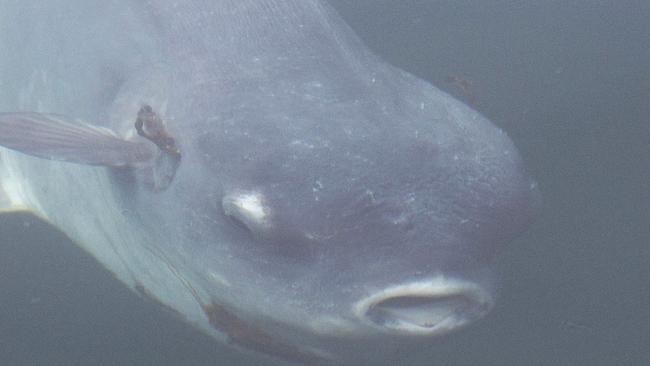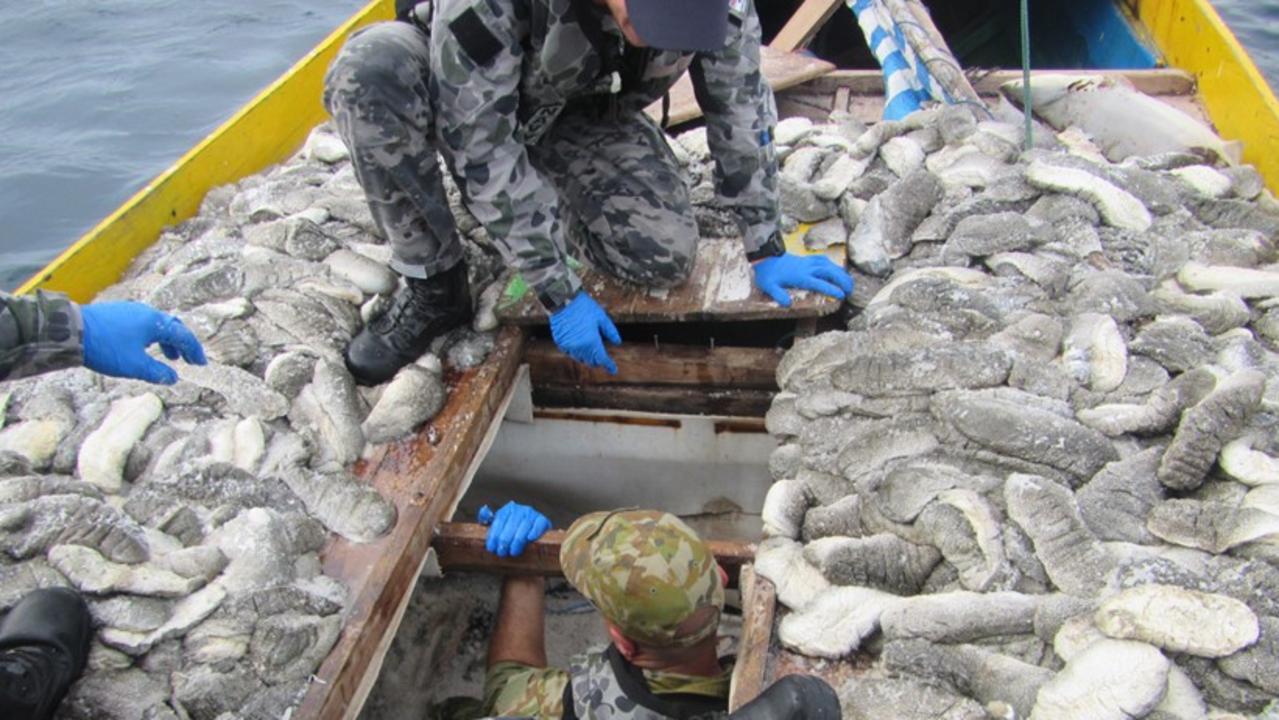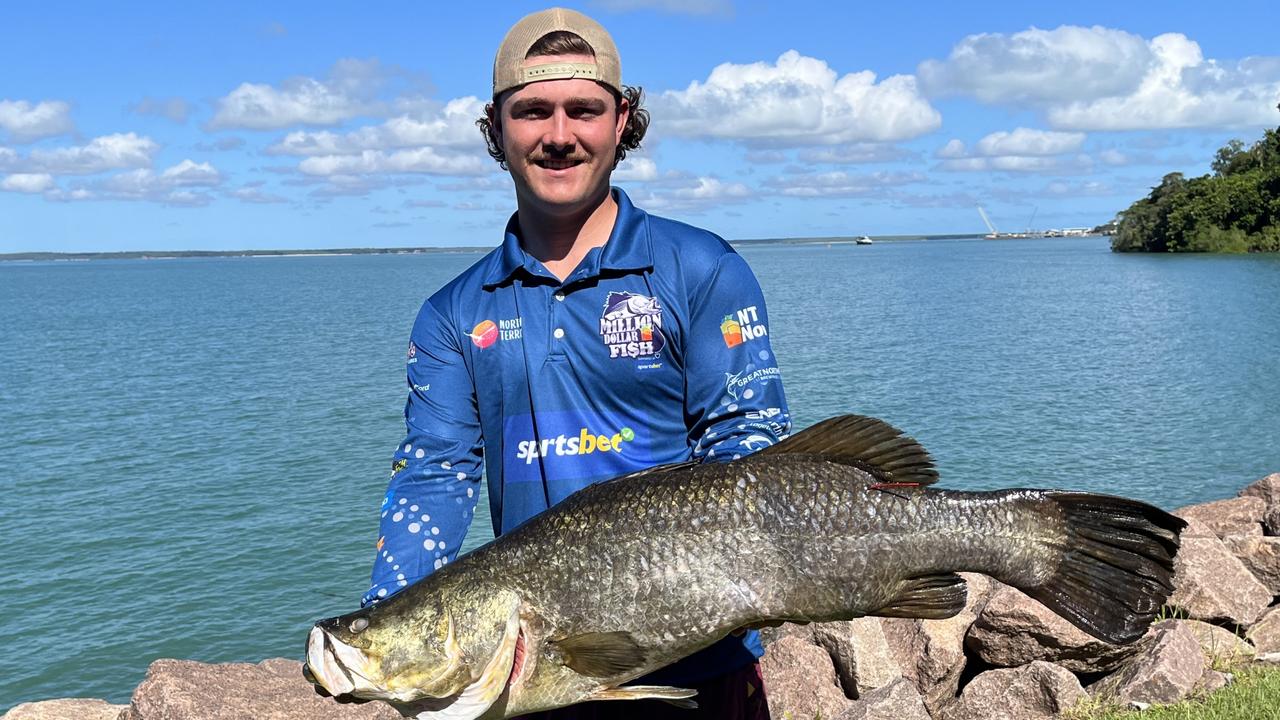Whale watcher spots odd ‘swimming head’ fish
SYDNEY: ONE of the world’s freakiest-looking fishes was spotted in a rare sighting in the waters off the Californian coast for the first time in more than eight years.

Fishing
Don't miss out on the headlines from Fishing. Followed categories will be added to My News.
SYDNEY: ONE of the world’s freakiest-looking fishes was spotted in a rare sighting in the waters off the Californian coast for the first time in more than eight years.
The mola mola, or ocean sunfish, was snapped by keen-eyed Jodi Fediani who was on a whale-watching boat at the time the odd sea creature came to the surface to feed.
Growing up to 4m in length and being the world’s heaviest bony fish, these can dwarf a grown man, but it’s their peculiar round shape that makes them so fascinating. The word mola is Latin for millstone and, looking like a lab experiment gone wrong, the round, tailless mola mola almost looks out of place in the ocean.
Instead of having a tail that grows out like other fishes, it grows in on itself and leaves the fish with a rounded rudder-like tail, known as a clavus.
What makes this sighting so rare is the mola mola spend most of their time in the open ocean, not in bays, and feed about 150m below the water’s surface.
According to the photographer, the giant fish came to feed on jellyfish-like creatures called by-the-wind-sailors.
“We were able to watch it as it homed in on one by-the-wind-sailor after another, slurping each into its open mouth, then squirting out a jet of unwanted seawater,” the photographer said.
“They swim in a curious, rather clumsy fashion for a fish, wagging their tall dorsal and ventral fins and stubby tails.”
Often their dorsal fins are mistaken for shark dorsal fins.
Not a lot is known about them, like how fast they grow or how long they live.
THE MOLA MOLA
■ In Germany it is called schwimmender kopf, which means “swimming head”
■ The heaviest mola on record weighed in at 2300kg, found in Japan
■ Molas are found in temperate oceans with sightings around Australia previously recorded
■ They are capable of changing their body colour when stressed or under attack
■ Their skin is rough and gritty like sandpaper but they are covered in mucus
■ They come from the same order as puffer fish


